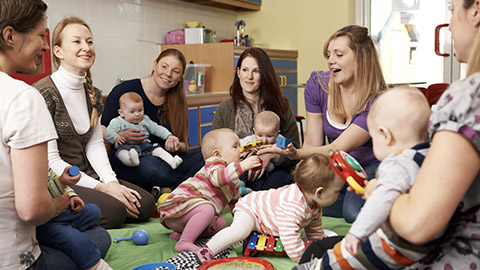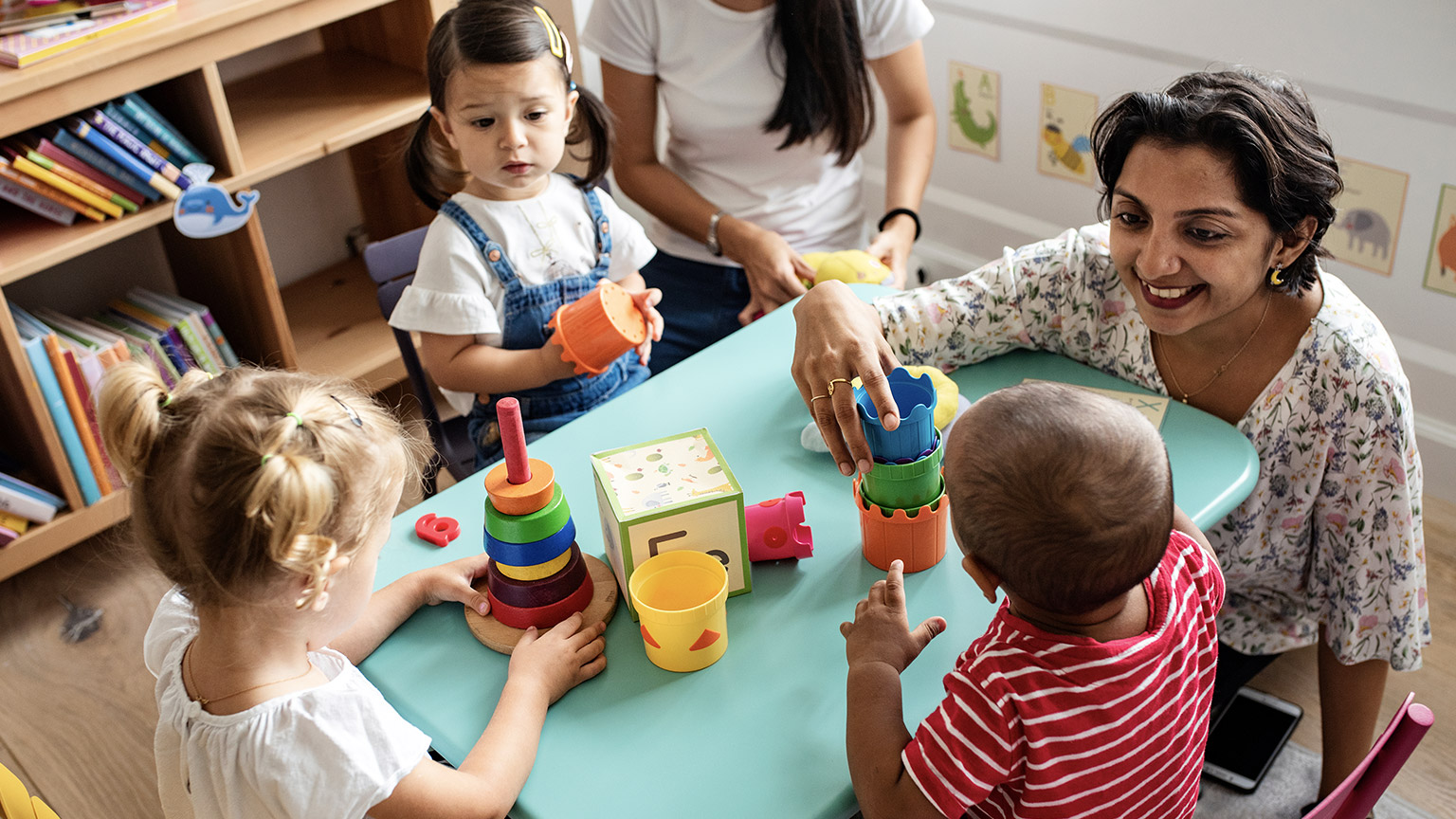Welcome to our next module: Workplace Health and Safety
In this module, you will be looking at the skills and knowledge required for workers to participate in safe work practices to ensure their own health and safety, and that of others.
By the end of the module you will have a better understanding of:
- state/territory legislation and how it impacts workplace regulations, codes of practice and industry standards including:
- state/territory WHS authorities
- rights and responsibilities of employers and workers, including duty of care
- hazardous manual tasks
- infection control
- safety signs and their meanings, including signs for:
- dangerous goods classifications
- emergency equipment
- personal protective equipment (PPE)
- specific hazards such as sharps, radiation
- hazard identification, including:
- definition of a hazard
- common workplace hazards relevant to the industry setting
- workplace procedures for hazard identification
- workplace emergency procedures
- workplace policies and procedures for WHS
As an introduction to the sector and the role, it is essential for students to understand the Early Childhood education and care service health and safety requirements and the relevant legislation that they need to work within to ensure compliance.
In this module, you will be looking at the way we work to provide a safe environment for ourselves and those around us, including children, families, and visitors in the early childhood services. Work health and safety is everyone’s responsibility. As an early childhood educator, you are required by law to comply with all lawful directions in the workplace to ensure the health, safety, and wellbeing of everyone who enters the workplace. In children’s education and care services, this includes colleagues, children, parents, students undertaking workplace experience and visitors to the services.
The introductory statement for Quality Area 2: Children’s Health and Safety of the National Quality Standard (NQS) (DEEWR, 2009b) also highlights the importance of supporting children’s health and safety in ways that focus on all aspects their wellbeing: 'All children have the right to experience quality education and care in an environment that provides for their health and safety. This should be complemented by a focus on promoting each child’s wellbeing and providing support for each child’s growing competence, confidence and independence’ (ACECQA, 2011, p. 50).
NQS Quality Area 2: Children’s health and safety, encompasses children’s physical health and comfort, healthy eating and physical activity and children’s safety and protection from harm. Healthy and safe environments protect children from harm and promote children’s psychological wellbeing by allowing them to exercise their independence through making decisions and taking on new challenges.
Providing a balance between safety and challenge begins with educators thinking critically about their own attitude to 'risk’ and why they may be 'risk-adverse’. This can help them to identify which aspects of the environment genuinely represent danger to children, and which risks may be acceptably undertaken by children, where the benefits to children’s learning and experience far outweigh any possible negative outcomes.
Promoting children’s health and safety and ensuring their total wellbeing—including their physical and psychological welfare—requires that educators think critically about the routines, environment and relationships in their setting. Educators need to get to know each child and their life circumstances so that they use these understandings in their work.
Working in the children’s services is a very positive and rewarding experience. There is the absolute joy that comes with working with young children and committed colleagues- many moments of fun, wonder, laughter, caring and kindness. However, working with young children and their families can also be physically and emotionally demanding.
Common health and safety concerns in early childhood service

The environment can be hectic and noisy, and planned routines can change with little warning. The physical demands of the job include, for example:
- lifting and carrying infants and toddlers
- squatting down to children’s eye level
- sitting or kneeling on the floor, on the grass or in the sandpit
- moving heavy and bulky equipment
- sweeping and mopping floors
- wiping tables
- cleaning up body fluids and changing nappies.
All these tasks can lead to musculoskeletal injuries, strains, soft tissue damage or infection if not carried out correctly.
Working with challenging children and stressed or demanding parents is emotionally draining. Most early childhood education and care services are regulated to ensure children are protected from harm and that their opportunities for learning and development are maximised.
Next, watch a short video explaining the fundamentals of manual handling.
Later in this module you will learn about the requirements of state and territory work health and safety (WHS) regulations, relevant codes of practice and workplace procedures. You will learn about the WHS laws for their state/territory and understand the WHS rights and responsibilities of everyone in the early childhood education and care services- that is, the people conducting the business and the employees. You will be able to understand the workplace compensation and rehabilitation rights and responsibilities, understand the specific WHS challenges in your workplace and know the WHS policies and procedures for your workplace.
Follow workplace policies and procedures for safe work practices

All the early childhood services are required by law to implement Workplace Health and Safety (WHS) policies and procedures to protect the health and safety of educators, clients and others using or attending the service. These policies determine the actions workers are expected to take to ensure they apply safe work practices. Everyone has an important role to play in ensuring a safe workplace environment and helping co-workers to do the same. There are regulations and guidelines in place to support workplace safety. In addition, most workplaces have their own policies and procedures specific to the early childhood sector. To work safely and effectively in your workplace you must be aware of and follow:
- WHS legislation
- Safety standards of your industry
- Codes of practice
- Organisation WHS policies and procedures
- Children services law and regulations.
Policies and procedures for managing WHS may include:
- Hazard, incident and injury reporting
- Hazard identification, risk assessment and control
- Consultation and participation
- Risk Minimisation Plans
- Connection to National Law and Regulations
- Regulatory Requirements.
A typical WHS policy should include:
- Purpose and how the policy is to be used
- Duty of care statement
- Risk management process
- Accident and injury procedures
- Incident and hazard reporting procedures
Objectives of the WHS policy will include:
- Identification and evaluation of health and safety hazards related to the organisation’s activities
- Activities to eliminate or control any such hazards
- Communication protocols to share knowledge of hazards identified by individuals or groups
- Process for the arrangement of medical services for the treatment of workplace illnesses or injuries and for the management of special emergencies
- Health promotion programs designed to encourage employees and clients to maintain their health.
For example, check out Little.Ly intranet. On the intranet is an example of a potential policy an education and care service may have.
As an employee, you must:
- work as part of a team to minimise WHS risks in the workplace
- understand how to identify hazards
- assess associated risks
- understand how health and hygiene practices can minimise the risks to health
- understand the principles and practices of safe food handling
- know when and how to use personal protective equipment (PPE)
- know to lift correctly
- know how to safely use chemicals in the workplace
- understand and act appropriately when there is an accident or emergency.
The following 2-minute video will demonstrate how to lift heavier objects without injuring yourself:
Work Safe Practices in Early Childhood Education and Care
As an employee some considerations you may need to take into consideration would include:
- Cleaning up any spills or mess
- Lifting a child correctly- for example nappy change, if a child is able to walk, perhaps allowing them to climb a ladder to get onto the nappy change table
- Carrying equipment correctly- for example, a box of nappies or wipes from the store room to top up the supplies in the nappy change area, using a trolley or two (2) people carrying it
- Set up of outdoor equipment in the backyard
- Setting up resources and experiences inside the service
- In an emergency situation having to carry a child/ren;
- Storing materials and supplies correctly- for example, cleaning products after being used to clean the bathroom need to be stored correctly in a locked cupboard
- Keeping the storeroom/ storage areas clean and clutter-free
- Being careful when walking as potentially tripping over a child, slipping on toys or rubbish
- Cleaning up after an accident- for example, a child having an accident and not making it to the bathroom in time, or vomiting
- Sick children with a potential virus or infection- for example, children with diarrhea, hand foot and mouth or a flu-like virus
- Pandemic situations, for example, COVID-19
- Damage to equipment around the service- for example, broken toys, a broken cupboard, outside some broken equipment, broken garden bed
- Unsafe animals on premises
- Checking the outdoor playspace for hazards like snakes, needles etc.
These are some examples of the safe work practices educators need to be mindful of at all times. In education, you have a duty to yourself as well to the children in your care.
Maintaining the currency of WHS knowledge and skills is very important.

In today’s digital world, there are many ways to ensure we stay up to date with changes to WHS knowledge and skills. Continuing professional development for all members of staff will give them the resources they need to deal with WHS situations and keep their knowledge up to date.
The following methods can be used to keep in touch with current WHS information:
- Subscribe to newsletters and e-news from relevant WHS organisations.
- Use search engines such as Google to research topics.
- Access YouTube for video sharing and viewing useful demonstrations and explanations of WHS procedures.
How to stay current with WHS information in Early Childhood Education and Care
- Subscribe to your Regulatory Authority newsletters
- Subscribe to the ACECQA newsletter
- Call the Regulatory Authority enquiry line if you have any questions
Reflecting on own stress and fatigue is very important while working in early childhood education and care services. Understanding the symptoms of stress and fatigue will help you to reflect on your own responses to stressful issues and situations. Understanding what causes your stress and fatigue also allows you to address those areas and lessen your stress load.
Moving and handling children in the childcare setting
The following 3-minute video will show examples of how to move objects safely and how to handle children in a safe way, to avoid injuries:

